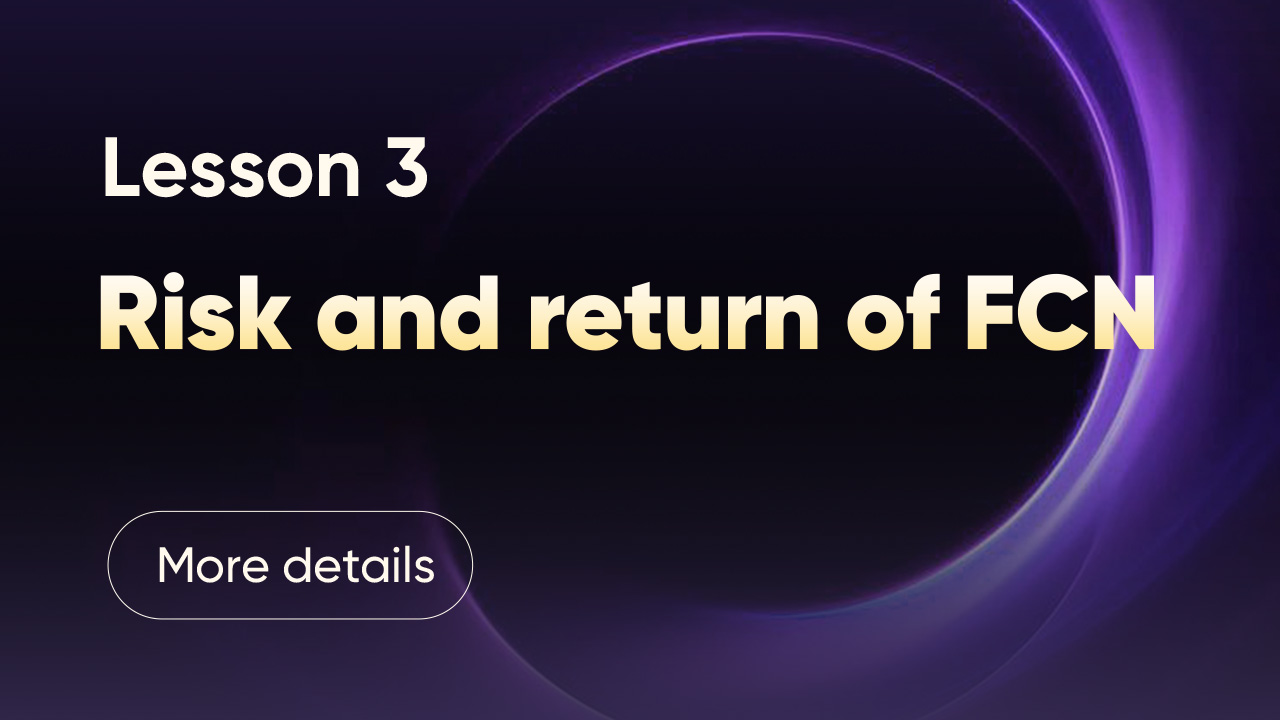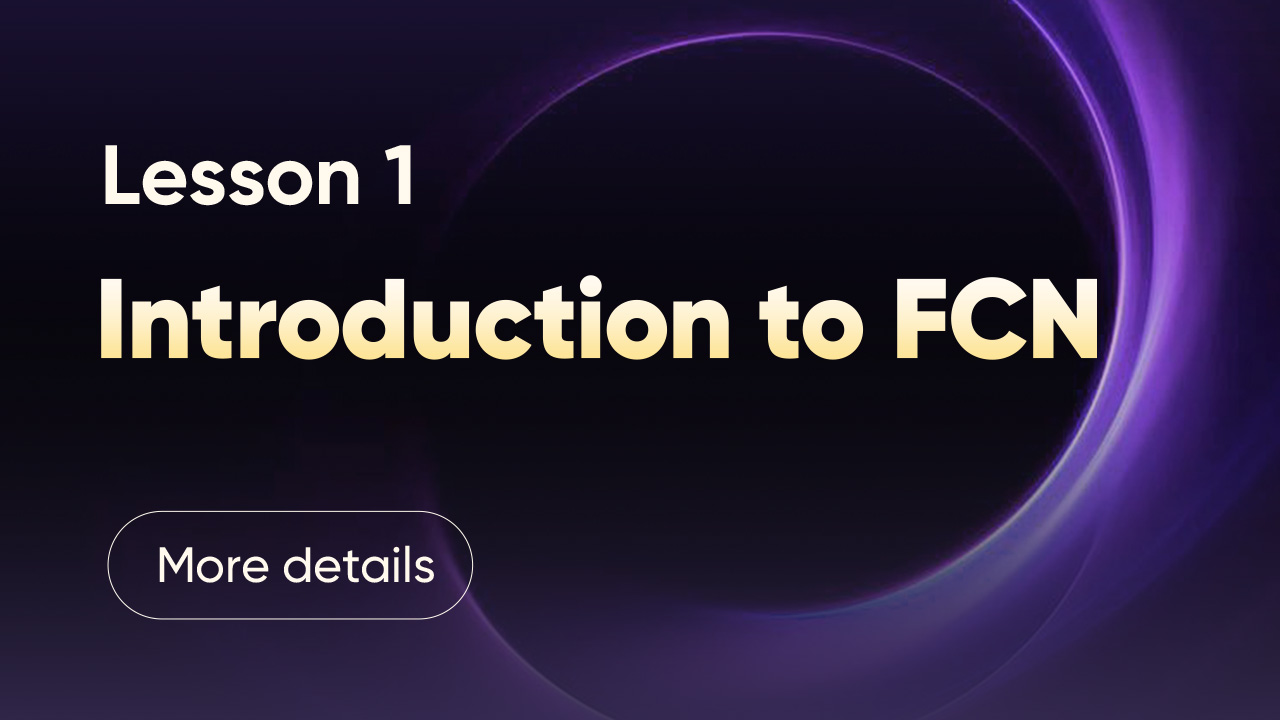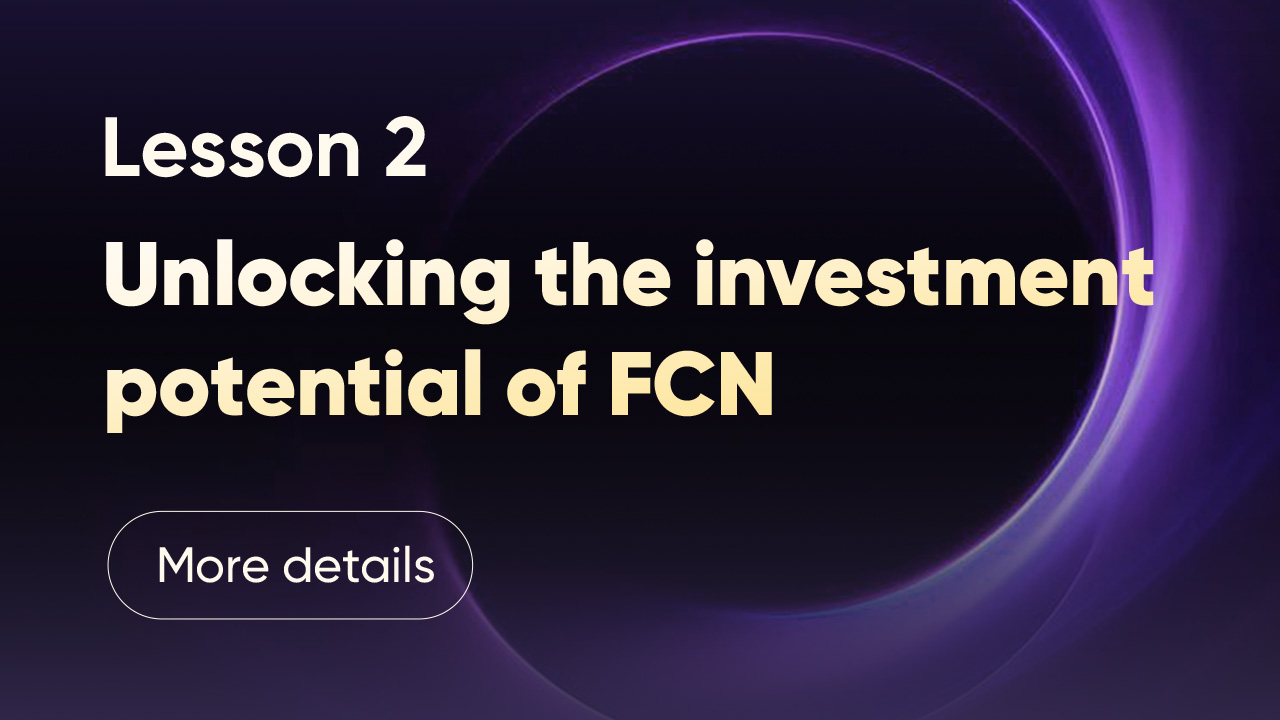
1. Factors Affecting FCN Returns
The returns of FCN primarily consist of the agreed-upon coupon interest. Therefore, we need to examine the factors influencing the level of interest rates. Generally, the greater the risk associated with the underlying asset FCN is linked to, the higher the coupon interest rate. For example:
1.Underlying Asset's Volatility:
The higher the volatility, the more likely Exercise and knock-out events are to occur. If knocked out, FCN terminates, and subsequent high coupon interest cannot be obtained. If knocked in, FCN also terminates, and there is a risk of further stock price decline if stocks are acquired at the Exercise price. Therefore, higher volatility of the underlying asset leads to a higher coupon interest rate in FCN.
As a result, FCN products linked to stock indices may have lower coupon interest rates compared to those linked to specific stocks, given that stock indices generally exhibit lower volatility.
2. Exercise and Knock-Out Prices
A lower knock-out price increases the likelihood of triggering a knock-out. Generally, a lower knock-out price results in higher interest, while a higher Exercise price increases the likelihood of triggering the acquisition of stocks.
3. Maturity Date
In theory, assuming no Exercise or knock-out events, a longer maturity period results in higher coupon interest due to weaker liquidity. This is similar to the concept of long-term bonds having higher annualized yields than short-term bonds. However, this is not an absolute rule, and in an inverted yield curve environment, longer maturities may result in lower annualized yields compared to shorter maturities, all else being equal.
2. Risks of FCN
Liquidity Risk:
Despite FCN having a relatively short contract period compared to other fixed-income products, being a structured derivative product means that, relative to directly holding stocks or buying options, FCN can only recover the principal if Exercise or knock-out events occur. Even with a one-month maturity FCN product, liquidity is slightly lower compared to more liquid assets like stocks. Investors seeking exceptionally high liquidity may face liquidity risk with FCN.
Issuer Credit Risk:
As FCN is a financial product issued by an over-the-counter issuer, to some extent, FCN represents a gamble between investors and the issuer. If the issuer defaults, there is a risk of losing both the principal and interest. To mitigate this risk, it is essential to choose issuers with high credit ratings.
Market Risk:
The market risk FCN faces is essentially the risk of Exercise and knock-out events. If a knock-out is triggered, FCN terminates, and investors lose the opportunity for subsequent high returns. If an Exercise is triggered, even though investors achieve the goal of entering stocks at a low price and can receive all accrued interest, there is a subsequent risk of the stock price further declining.
3. Example & Case Studies of FCN Returns Calculation
Holding Until Maturity, No Exercise or Knock-Out:

Based on an annualized coupon interest rate of 10%, the interest over six months is 5%. Therefore, the total amount at maturity, including principal and interest, is $500,000 * (1 + 5%) = $525,000.
However, it's worth noting that the triggering of knock-in and knock-out events in FCN is determined based on whether the stock price reaches the knock-in and knock-out prices on the observation day. If these prices are touched on a non-observation day, knock-in and knock-out will not be triggered. For example, consider the following two situations:
In the first scenario, although the stock price touched the knock-in price several times during the entire holding period, it was always on non-maturity observation days. On the maturity observation day, the stock price rose above the knock-in price again. Therefore, no knock-in is triggered.

The second scenario is similar, where the knock-out price is touched on non-observation days, but it does not trigger a knock-out.

2. If there is a knock-out during the observation days, it ends prematurely.

You can see that on the fourth observation day, the underlying asset's price rose above the knock-out price of $286, triggering a knock-out. Investors received four periods of interest and the investment principal. With an annualized interest rate of 10%, the interest for four months is 4/12 * 10% ≈ 3.33%. The investor received the principal plus interest, totaling $500,000 * (1 + 3.33%) = $516,650.
3. On the final observation day, involving a knock-in, acquiring stocks
Suppose on the final observation day (maturity date), The stock price falls to $200, below the knock-in price of $208, triggering a knock-in. In this case, the investor needs to acquire stocks at the price of $208. This results in a loss of 4%, with the total interest being 5%. The net yield is 1%, and the net yield amount is $500,000 * 1% = $5,000. However, if the stock price further decreases, there is potential for additional loss.




Comment(6)